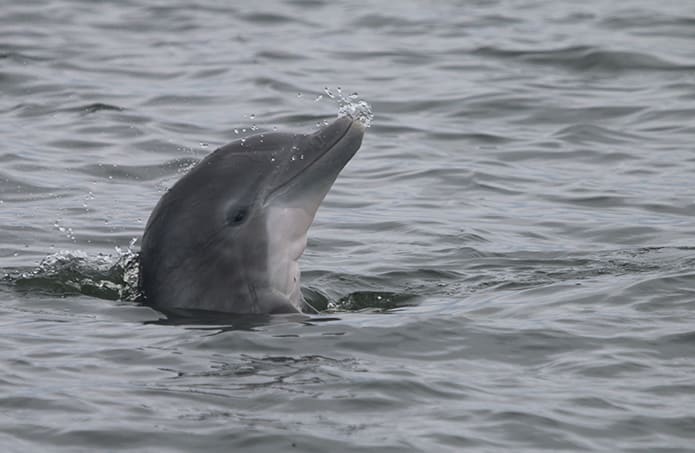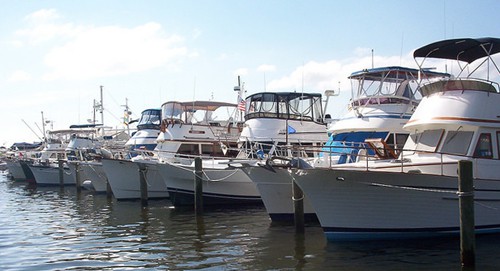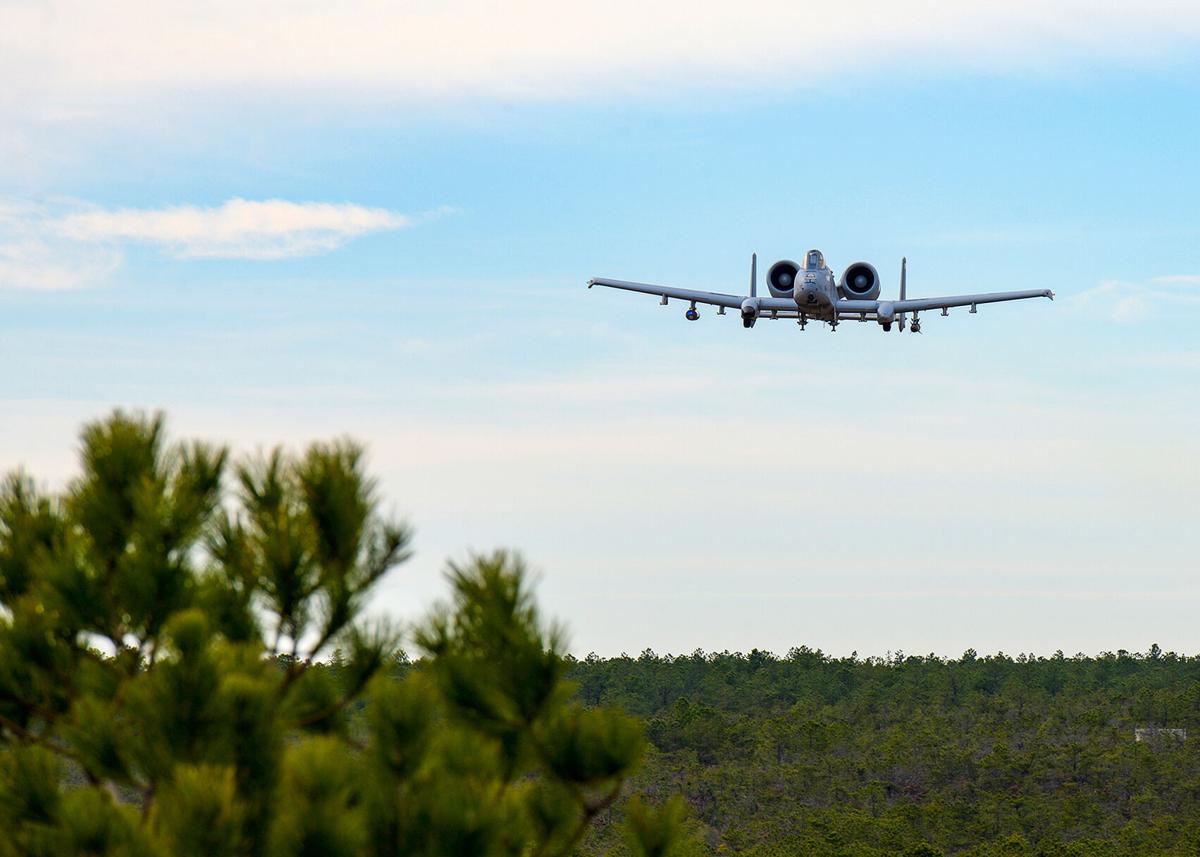By Whitney Pipkin, Bay Journal News Service
A team of researchers studying dolphins in the Potomac River got unexpected fruit from their labors last month when they witnessed a dolphin being born near the river’s confluence with the Chesapeake Bay.
Bottlenose dolphins are among the most studied species in the world, but a wild birth has only been documented in scientific literature on one other occasion: in 2013 off the coast of Georgia.
“I was beyond excited,” said Ann-Marie Jacoby, a Ph.D. student at Duke University and associate director of the Potomac-Chesapeake Dolphin Project, who witnessed the birth on Aug. 17.
Jacoby began working on the dolphin project, which was launched in 2015, while a graduate student at Georgetown University. The university supports the work led by Georgetown biologist and professor Janet Mann.
“We have been trying to understand why dolphins come into the Potomac River and the Chesapeake Bay,” Mann said. “We see some very young calves and we see lots of mating behavior, but this is the most definitive evidence we have that they have their calves here.”
Although dolphins are not new to the Chesapeake Bay, they appear to be cropping up more frequently in recent years and have been studied, for the first time in the Potomac, over the last five years. Researchers are trying to figure out whether there are, indeed, more dolphins in the river than in recent history and, if so, what’s drawing them there.
Now, they have some evidence that the bottlenose dolphins, which carry their young for 12 months, could at least be conceiving and birthing babies in these waters during annual returns.
When Jacoby and two other students witnessed the birth from their boat near Lewisetta, VA, they saw a cloud of blood in the midst of a group of about 50 dolphins. After seeing no signs of injury, Jacoby told the others to look for a newborn.

“Lo and behold, a mom with a newborn, whose fin was still slightly bent, surfaced in front of and in line with the cloud of blood,” Jacoby said.
Witnessing a dolphin birth is rare, even for researchers. Despite studying dolphins for more than 30 years, Mann has yet to see a wild birth. Mann said that a scientist off the coast of North Carolina also might have witnessed a dolphin birth but, unable to confirm or document the mother, didn’t write about it. Several dolphin births have been recorded in captivity.
Dolphins visit the Chesapeake Bay region from April to October, with populations peaking in the warmest months. Mann and her research team, most of them student volunteers, have been focused on the dolphins’ presence in the Potomac, working to understand how many there are and why they come.
“It’s still surprising to us that so much is known about the Potomac and the Chesapeake, and so little is known about the dolphins,” she said. “I think there’s a lot of great findings to come.”
According to historical accounts, dolphins were spotted in 1884 as far up the Potomac as the Aqueduct Bridge, just south of Georgetown University in the District of Columbia. They were an exotic enough sight at the time that, according to reports, men pursued the animals by boat and tried to shoot or capture them.
Other reports in the late 1800s mention dolphin sightings in the Potomac near Alexandria and Quantico, VA, the researchers said.
More recently, Mann’s team has documented dolphins as far north as the Gov. Harry W. Nice Memorial Bridge, where U.S. Route 301 crosses the Potomac just south of Popes Creek, MD. That’s about an 80-mile trip up the river from the Bay and just halfway to the Aqueduct Bridge.
Their work involves long days of dolphin-spotting, noting behavior as well as physical characteristics. The dorsal fins are as unique as human fingerprints — at least to the trained observer’s eye — and critical for identifying individual dolphins.
“Initially, we didn’t think there would be that many dolphins,” Mann said.
But in their first summer of research, the team identified close to 200, “and that was just going out once a month,” Mann said.
This season, Jacoby and the team have boated on the Potomac as many days as possible to systematically track and observe dolphins near the river’s mouth.
Dolphin observation requires calm, almost windless waters so that choppy waves won’t be confused for dorsal fins in the distance. If the weather is good, the boat will cover about 14 square miles of water, traveling between predetermined points and recording what the researchers see.
“Sometimes, we’ll be out there three days in a row, and we won’t see any dolphins,” Jacoby said. “They are here, but you have to be pretty patient if you do want to see them.”
And sometimes, the wait pays off. The numbers of individual dolphins has been climbing.
“I’m still going through the data,” Jacoby said at the end of August, “but I wouldn’t be surprised if we had around 1,000 animals that we’ve documented coming into the lower Potomac River.”
To read this article in full, click here.




